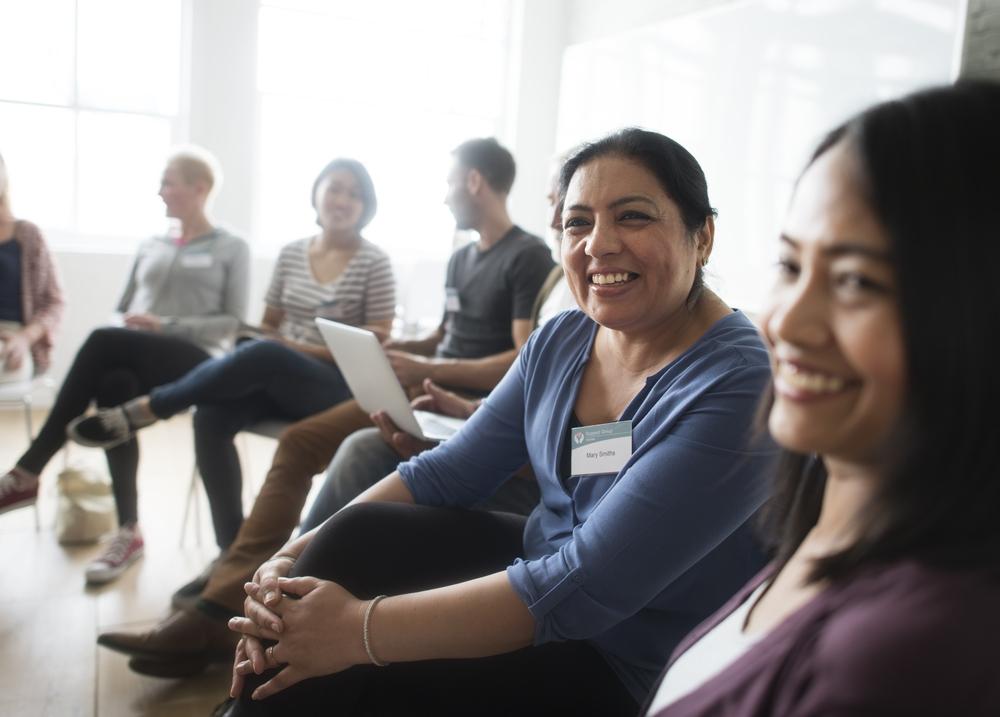
Immigrants are an essential part of our national fabric, bringing energy and skills that benefit all Americans. Yet immigrant communities are too often demonized by politicians and the press, harming their ability to find acceptance and thrive. But as Americans, we all have the power to create change by ensuring that our own communities are welcoming and inclusive. By downloading this toolkit, you have already taken a first step. Thank you for doing your part to build welcoming communities.
Every person, and every action, counts in a welcoming community.
- Take part in the Belonging Begins With Us campaign, created in partnership with the Ad Council, by writing a 10-word “story” that describes what “belonging” means to you and share it on social media using #BelongingBeginswithUs.
- Donate books — like these — with stories of belonging and inclusion to a local school in your community.
- Ask your local library to create a list of children’s books that tell stories of belonging and inclusion — here’s a great list to help you get started!
- Run a 5-day story on social media describing how you are helping to build a more welcoming community. Share using the hashtag #BelongingBeginswithUs.
- Make your own mixtape — create a playlist of songs that speak to the welcoming world you wish to see, and share it with your community online.
- Be friendly! Invite neighbors to join a community text thread or neighborhood beautification project.
Whether you belong to a local political committee, PTA, or gardening group, inclusive practices help everyone feel welcome.
- Work intentionally to build balanced participation in groups you belong to by actively recruiting similar numbers of people from different groups.
- Acknowledge and address ways in which broader societal inequalities might shape people’s participation in your group, by ensuring that locations and times your group meets are viable for all.
- Discuss ground rules, communal norms, and expectations for engagement, letting people know what kind of conduct is expected as people of different groups interact with each other across group lines.
- Reinforce the expectations we set by modeling the kinds of cooperative, respectful behavior we seek from others as they take part in program activities.
- Take intentional measures to ensure that people from different groups actually engage with each other during activities by assigning tasks and creating teams that require people from different groups to work together.
- Read Cultivating Contact, produced by the American Immigration Council in partnership with Welcoming America and University of Massachusetts Amherst, for more strategies for building inclusive, welcoming groups.